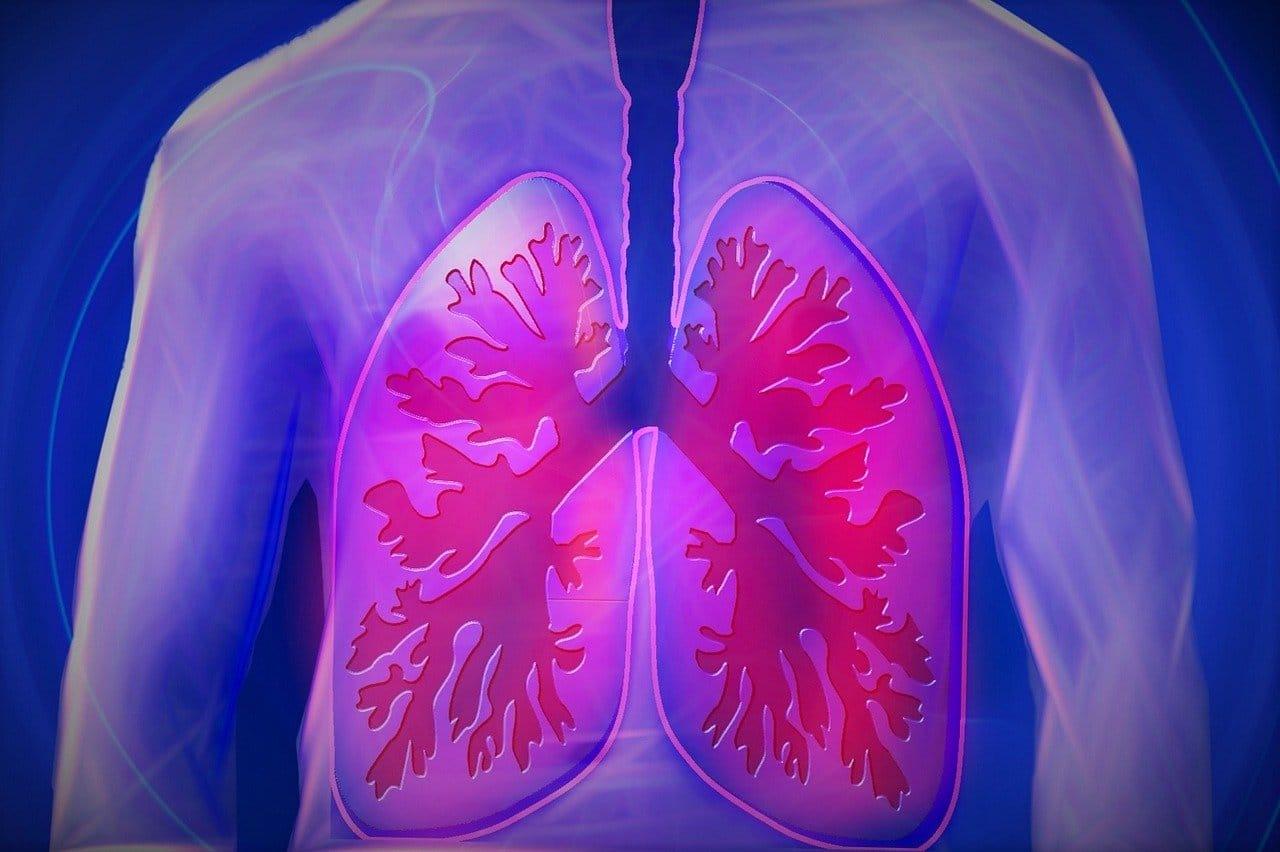Alzheimer’s disease is the leading cause of dementia and is most frequent neurodegenerative disorders. More than 5 million Americans are living with Alzheimer’s. Although, in most cases, it is diagnosed somewhere in the mid-60s, in a small number of cases it may be diagnosed much earlier. It is also the 6th leading cause of death in the US1.
It is a disease characterized by progressive memory loss, changes in mood and personality. With time person becomes wholly dependent on others. Due to debilitating nature of the conditions, there are high healthcare costs involved. People with Alzheimer’s have much shorter lifespan when compared to their healthy peers.
Alzheimer’s like many other neurodegenerative diseases is characterized by:
- Progressive death of brain cells and loss of mental abilities
- The disease is caused due to misfolding of specific proteins (amyloid and tau) that results in high oxidative stress and cell death
- Therapy or drugs are primarily supportive, none of the modern medicines can stop progress though some may slow down a bit
One of the most significant challenges in Alzheimer’s is the early detection. By the time people are diagnosed, precious time is lost. Disease process starts years if not decades before the diagnosis. Thus early recognition of the disease may help to slow down the progression.
Some of the early signs of Alzheimer’s are:
- Difficulty in remembering, concentrating, solving problems, though such issues are often confused with natural ageing
- Confusion regarding time and place
- Difficulty in doing basic tasks at home that are not much demanding physically and mentally
- Difficulty in reading or understanding visual clues
- Difficulty in speaking or having trouble participating in conversations
- Losing important things
- Lack of proper judgment
- Withdrawal from social life
- Mood and personality changes
These are some of the most common early symptoms, and it is vital not to confuse them with age-related mental issues. In Alzheimer’s, these issues would show progressive nature. Although there is no cure for Alzheimer’s, there are several safe and natural methods that have been proven to slow down the disease process. Some of these ways may improve quality of life for years and help a person to stay independent for longer.
Physical exercise- mild to moderate aerobic exercise is the best way for disease prevention or slow down its progress. As per some estimates 150 minutes of exercise in a week, can reduce the risk of developing Alzheimer’s by as much as half. The best way is to do 30 minutes of moderate exercise 5 times a week, which is also good for the heart and prevention of metabolic diseases. Strength exercises and training to improve balance (like Tai Chi or Yoga) may also help3.
Healthy diet- cutting down on trans fats and saturated fats, enjoying more of the Mediterranean diet may help. The brain is high in fat content as compared to the rest of the body, thus important is not cutting down on fats instead consuming high-quality Hence, eat more of omega-6 and omega-3 fatty acids. Fish oil is the best source of omega fatty acids4.
Exercise your brain- as we age, exercising brain is as essential as muscles. Thus read more often, solve puzzles, get involved in social groups, find other mental activities to keep your mind busy5.
Physical and mental exercises along with well-planned physical activities are the best way to prevent or slow down Alzheimer’s. Apart from them, one may also consider the supplements, other treatment modalities. Alzheimer’s is still a poorly understood disease, but what is known that each case differs. Thus if something did not work for others, does not necessarily means that it would not work for you.
References
Alzheimer’s Association. Latest Alzheimer’s Facts and Figures. Latest Facts & Figures Report | Alzheimer’s Association. https//alz.org/facts/overview.asp. Published 2018. Accessed March 20, 2018.
Rowinska-Zyrek M, Salerno M, Kozlowski H. Neurodegenerative diseases – Understanding their molecular bases and progress in the development of potential treatments. Coord Chem Rev. 2015;284:298-312. doi:10.1016/j.ccr.2014.03.026
Hötting K, Röder B. Beneficial effects of physical exercise on neuroplasticity and cognition. Neurosci Biobehav Rev. 2013;37(9 Pt B):2243-2257. doi:10.1016/j.neubiorev.2013.04.005
Dyall SC, Michael-Titus AT. Neurological benefits of omega-3 fatty acids. Neuromolecular Med. 2008;10(4):219-235. doi:10.1007/s12017-008-8036-z
Hall CB, Lipton RB, Sliwinski M, Katz MJ, Derby CA, Verghese J. Cognitive activities delay onset of memory decline in persons who develop dementia. Neurology. 2009;73(5):356-361. doi:10.1212/WNL.0b013e3181b04ae3


